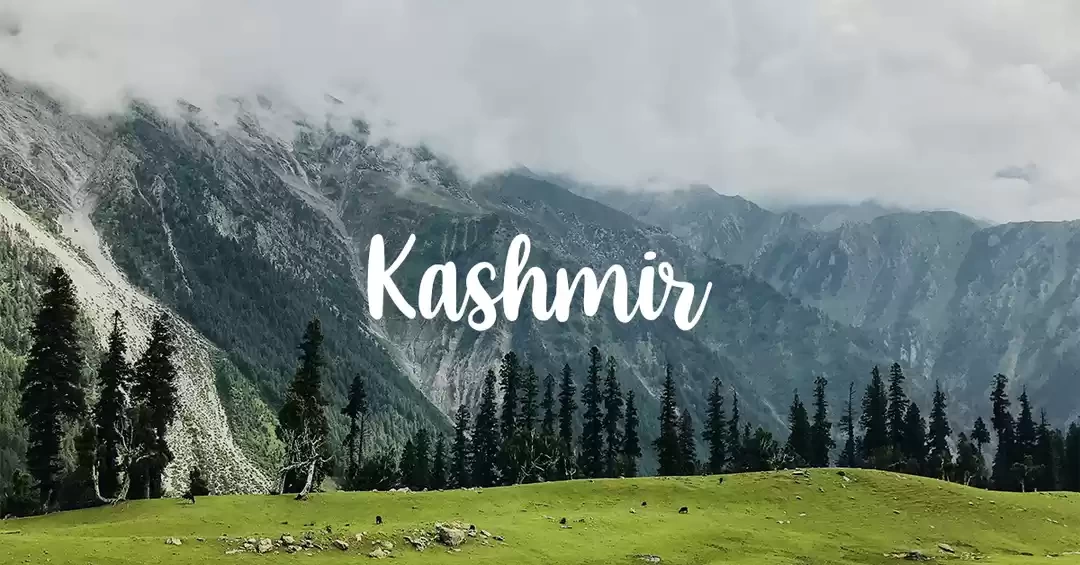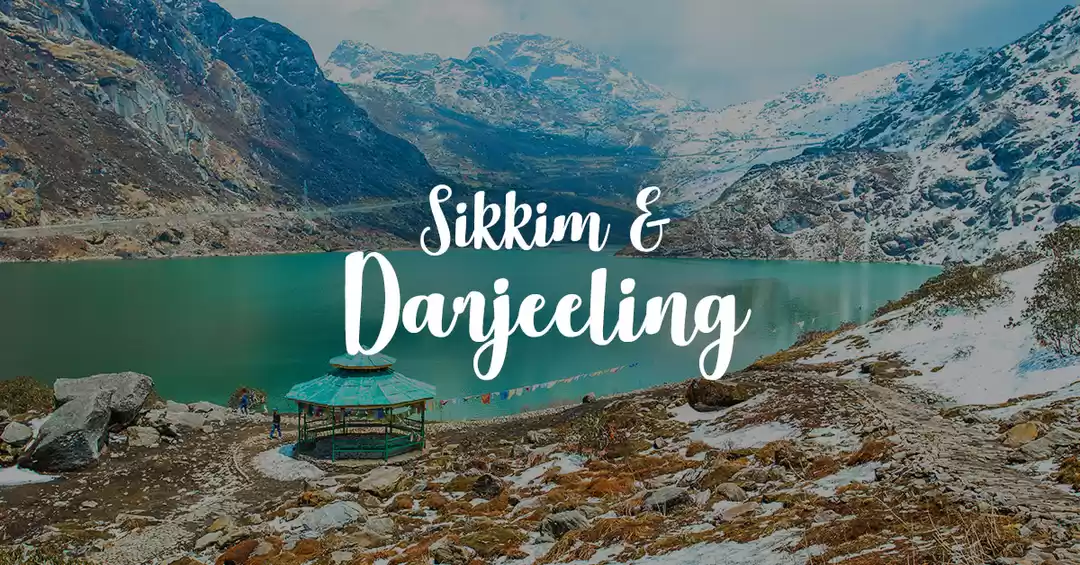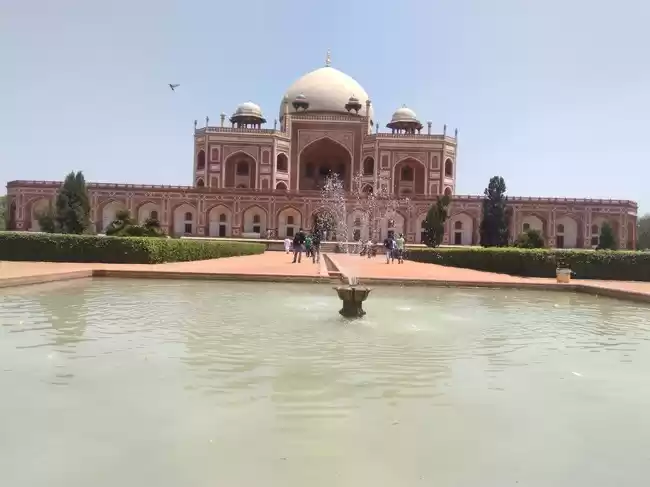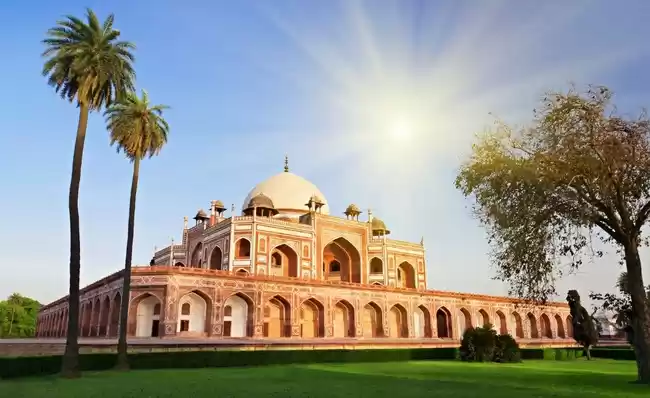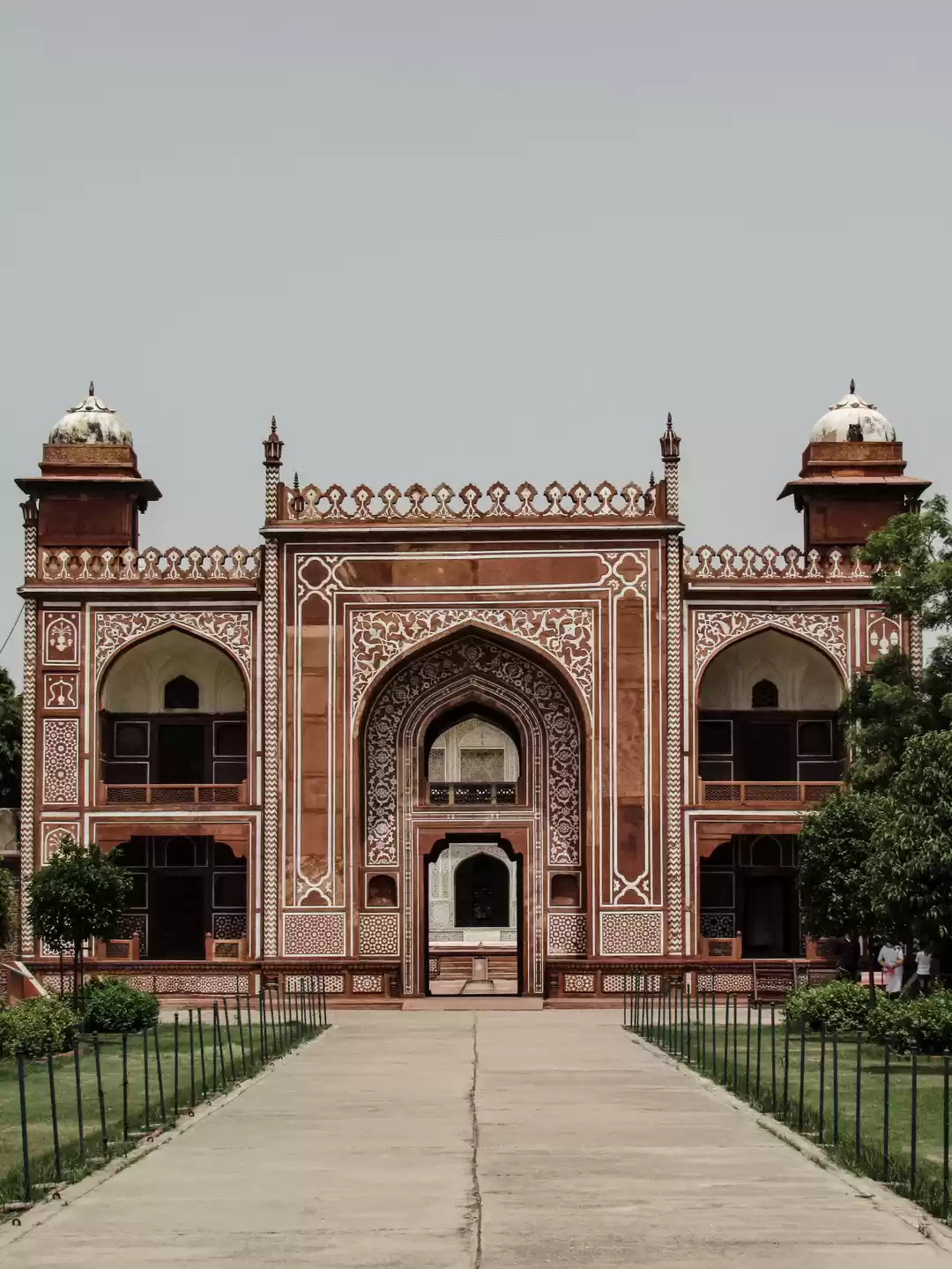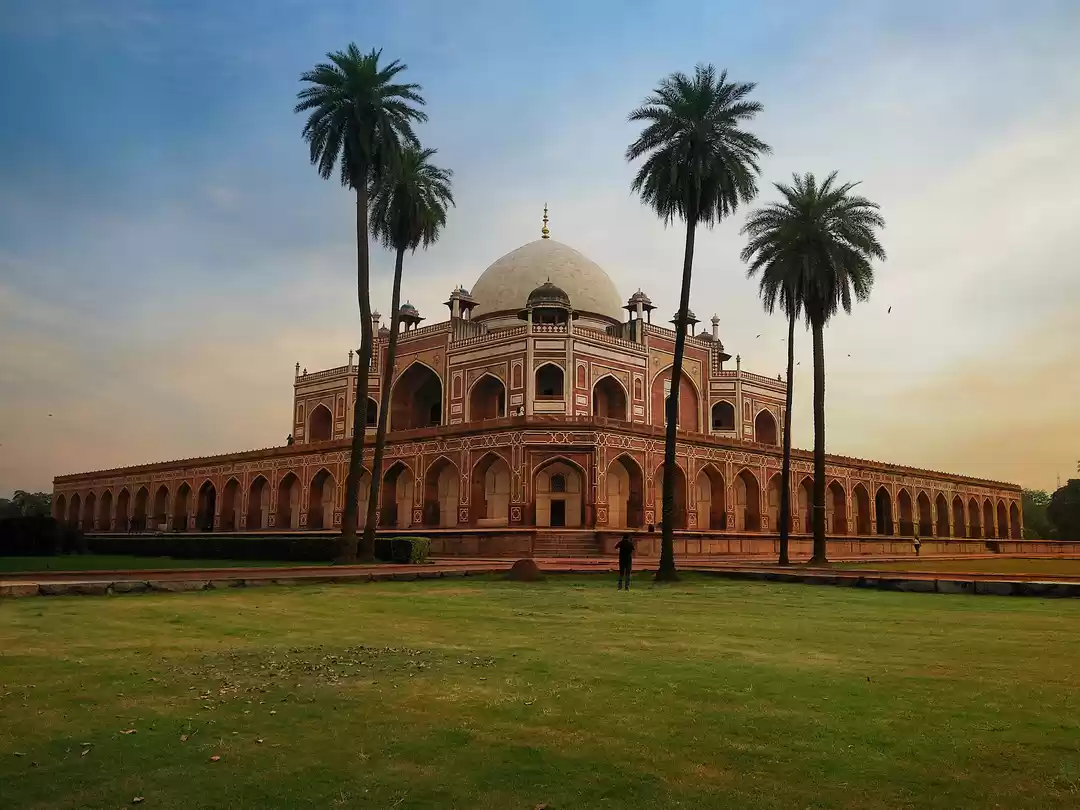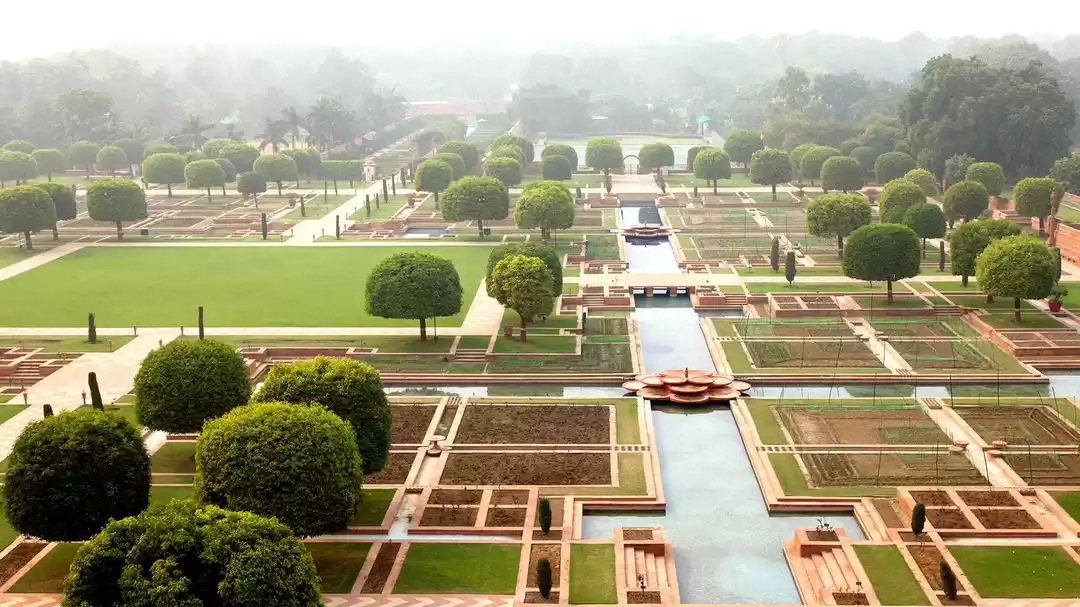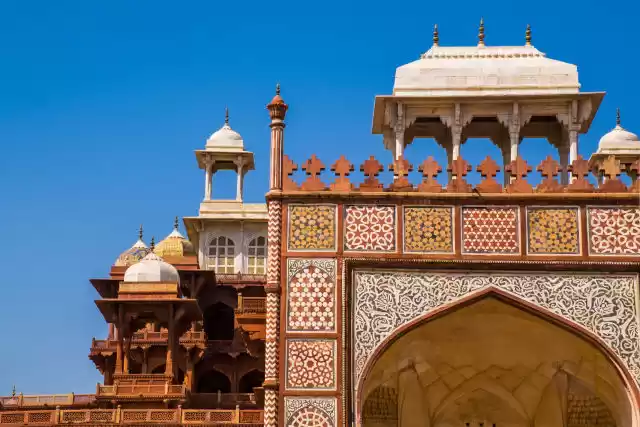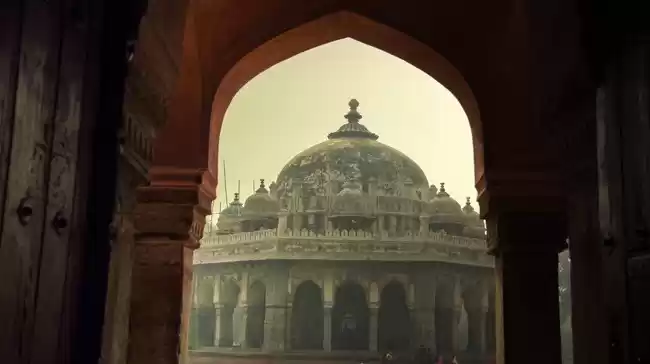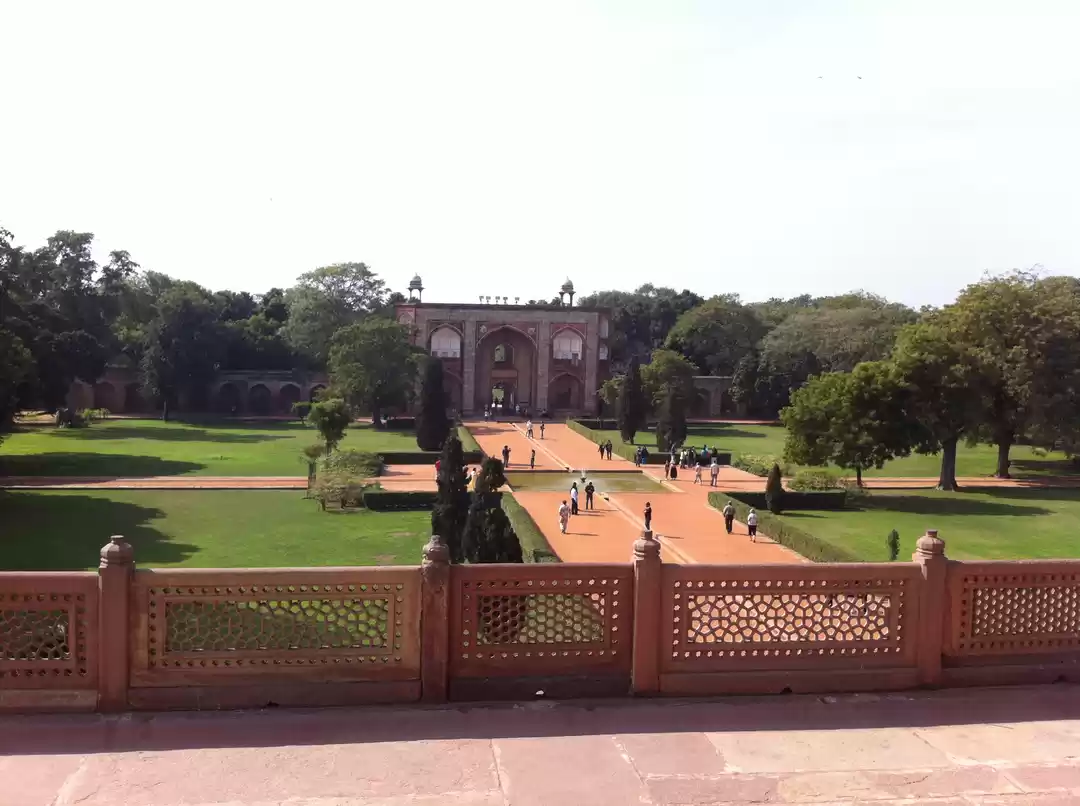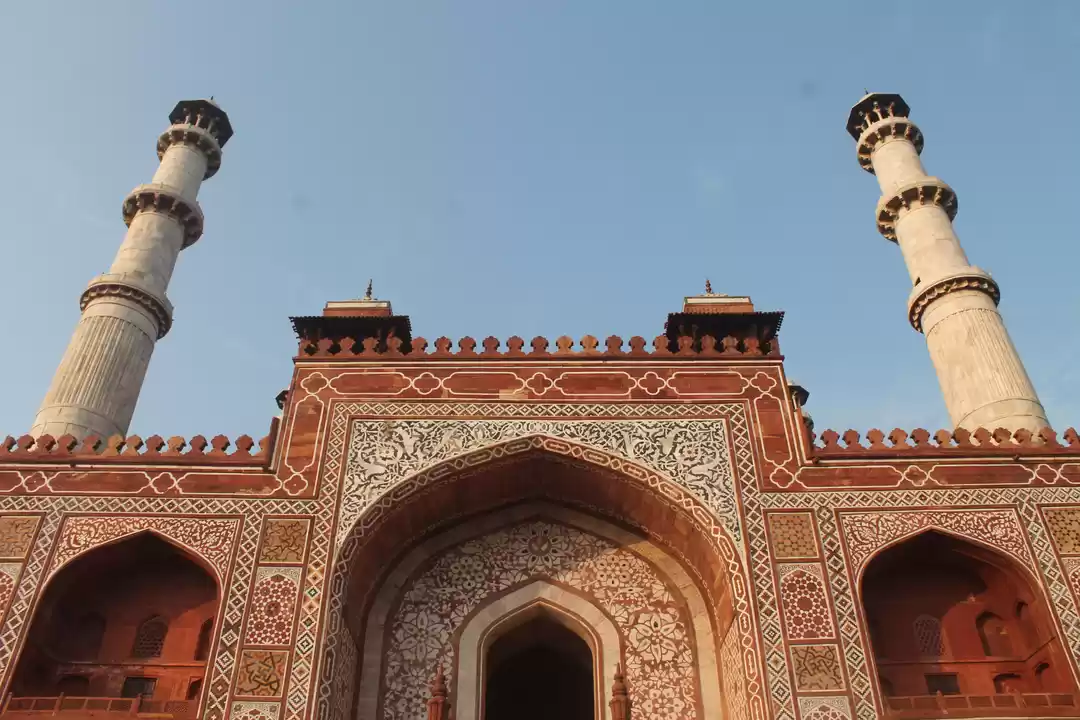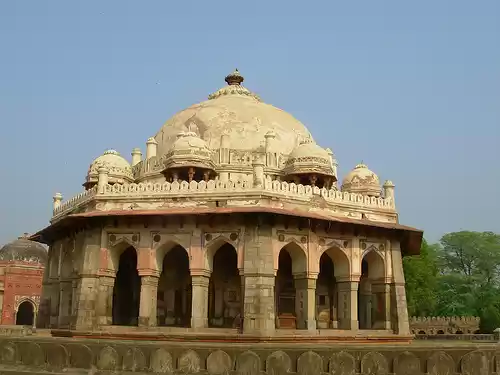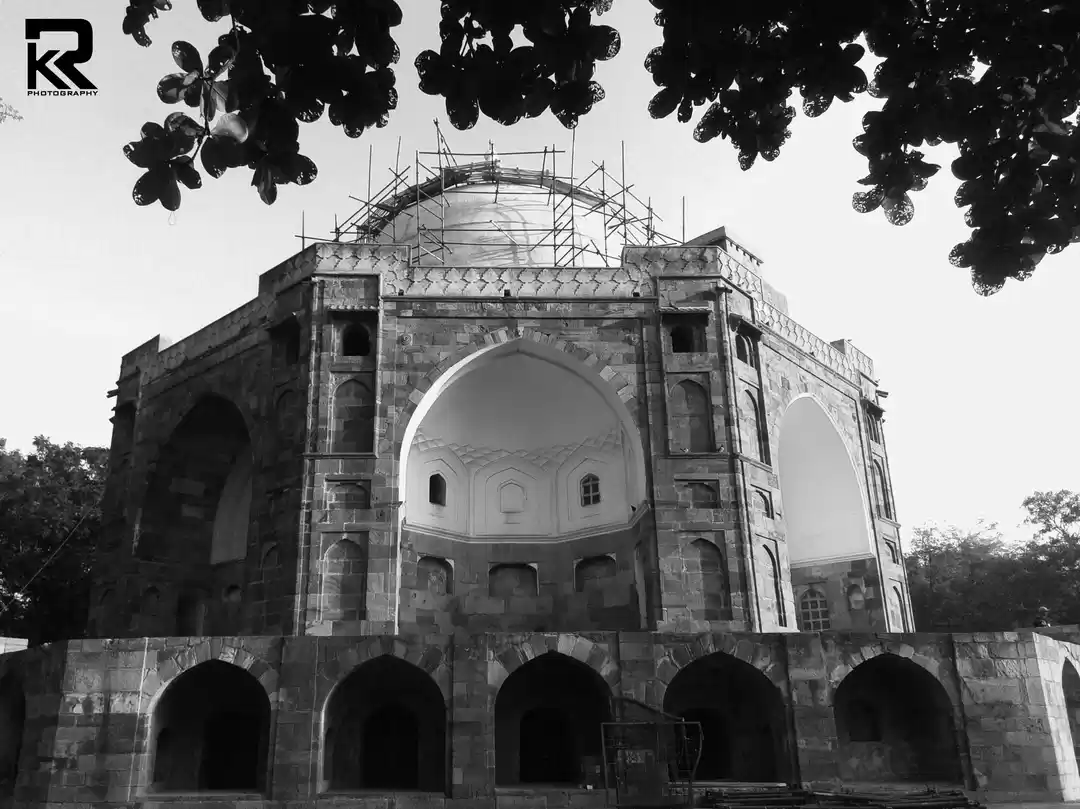The last refuge of Mughal Emperor Humayun reminds rather of a luxurious palace, than a tomb. Located in the eastern part of Dehli, Humayun’s tomb is one of the best preserved Mughal monuments. This spellbinding mausoleum is the first example of Mughal architecture in India. After a century from its construction Humayun’s tomb inspired the construction of the more famous Taj Mahal.From the point of view of the history of architecture this building is the unique connecting link between the Gur Emir, where Humayun’s ancestor Tamerlane is buried, and the mausoleum of his grandson Shah Jahan, i.e. Taj Mahal. Humayun’s tomb was built thanks to the initiative of his widow Hamida Banu Begum, who commenced the construction of a mausoleum for her deceased husband in 1565, nine years after his death. The construction was finished in 1572. The architecture of the tomb is strongly influenced by Persian architecture. The architect of the building Mirak Mirza Ghiyas himself was of Persian origin. Ghiyas constructed the tomb in the center of a Persian-style chaharbagh garden with quadrilateral form. The garden, divided in four main parts by walkways or flowing water is created to resemble the paradise garden described in the Quran. These four main parts on their turn are separated by channels to 36 parts.






































